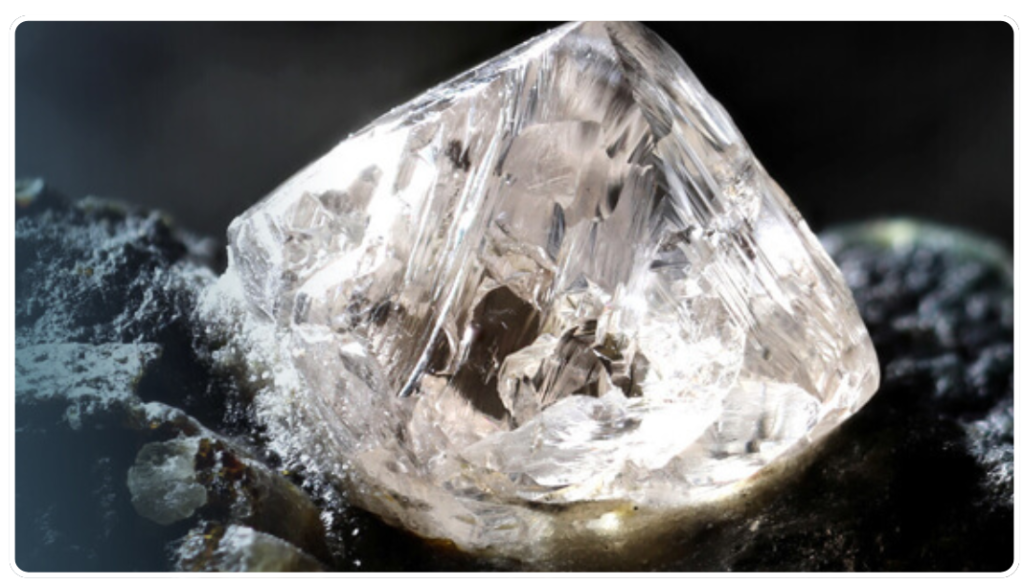
Diamonds are a symbol of beauty, luxury, and timelessness. But today, there are two very different paths to that sparkle: natural diamonds and lab-grown diamonds. While they look nearly identical, the difference lies in their origin, value, impact, and perception.
In this guide, we’ll explore the key differences between natural and lab-grown diamonds, so you can make informed decisions whether you’re designing, buying, or educating your clients.
What Are Natural Diamonds?
Natural diamonds are formed deep within the Earth’s mantle under extreme heat and pressure over billions of years. They are then brought to the surface through volcanic activity and extracted via mining.
Key Features:
- Origin: Natural geological formation
- Uniqueness: Each diamond has unique inclusions and characteristics
- Value: Often considered more rare and prestigious
- Certification: Typically certified by GIA or other top gemological institutes

What Are Lab-Grown Diamonds?
Lab-grown diamonds are created using advanced technology that simulates the natural conditions in which diamonds form. These diamonds are physically, chemically, and optically identical to natural diamonds.
Key Features:
- Origin: Grown in high-tech laboratories using HPHT or CVD methods
- Appearance: Indistinguishable from natural diamonds without equipment
- Cost: Typically 20–40% more affordable
- Certification: Certified by IGI, GIA (Lab-Grown), or other gem labs

Can You Tell the Difference?
To the naked eye, no. Natural and lab-grown diamonds look exactly the same in brilliance, sparkle, and hardness (10 on the Mohs scale). Only with specialized equipment can gemologists distinguish between the two.
Side-by-Side Comparison
| Feature | Natural Diamond | Lab-Grown Diamond |
|---|---|---|
| Origin | Earth (natural) | Laboratory |
| Rarity | More rare | More accessible |
| Price | Higher cost | More affordable |
| Environmental Impact | Mining involved | Lower carbon footprint |
| Resale Value | Often higher | Still evolving |
| Certification | GIA, IGI | IGI, GIA (Lab-Grown) |

Pros & Cons
✅ Natural Diamonds
Pros:
- Long-term value & prestige
- Natural uniqueness
- Perceived as traditional luxury
Cons:
- Higher cost
- Environmental & ethical concerns related to mining
✅ Lab-Grown Diamonds
Pros:
- More affordable
- Ethical and environmentally friendly
- Visually identical to natural diamonds
Cons:
- Lower resale value
- Still facing perception challenges in some markets
What Should You Choose?
It depends on your design, budget, and values.
- Designing for heritage or investment? → Natural
- Want ethical, budget-friendly luxury? → Lab-Grown
- Creating fashion-forward, customizable designs? → Lab-Grown
- Looking for uniqueness and story? → Natural
As a designer, transparency is key—be clear about what type of diamond you’re featuring in your designs or offering to clients.
Design Smart with JewelKitPro
Whether you’re sketching a natural or lab-grown diamond, accuracy and realism are essential.
The JewelKitPro Full Kit includes:
- Customizable diamond shapes & cuts
- Accurate size guides in mm
- Settings and components to fit your creative vision
📍 Download the Full Kit and bring your diamond sketches to life.
Stay tuned for more gemstone education and design tools on the JewelKitPro Blog.